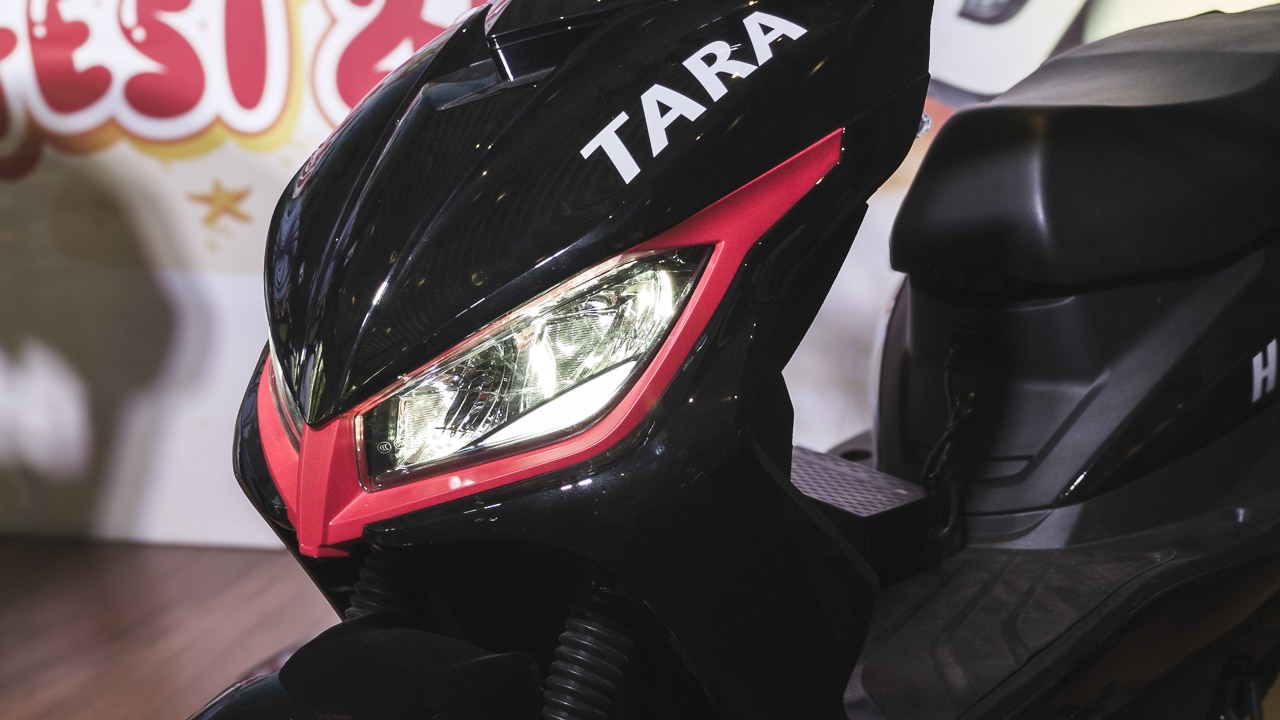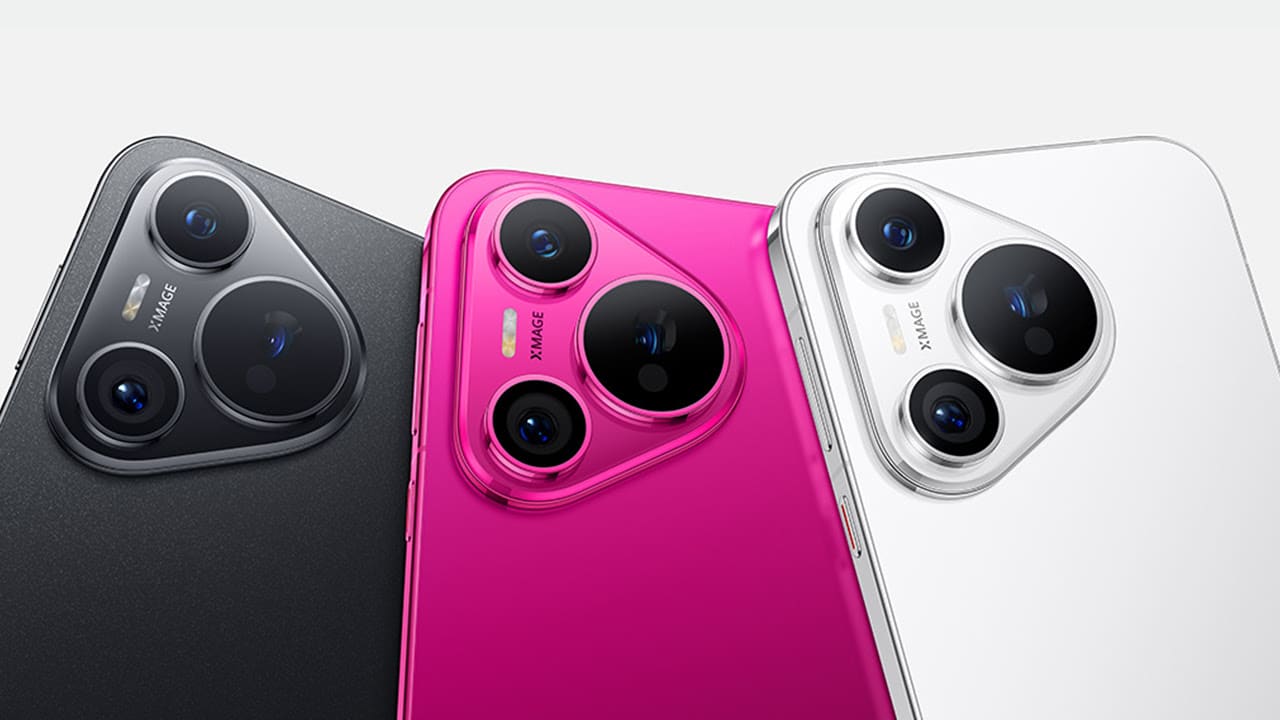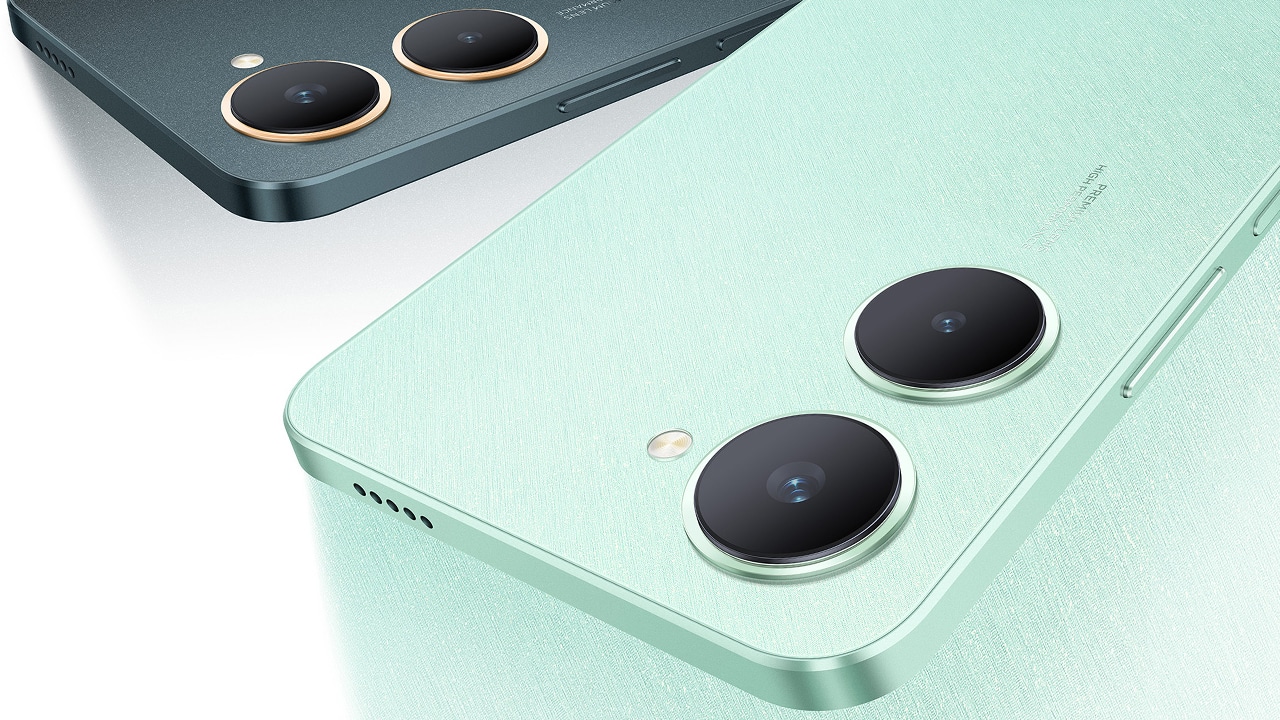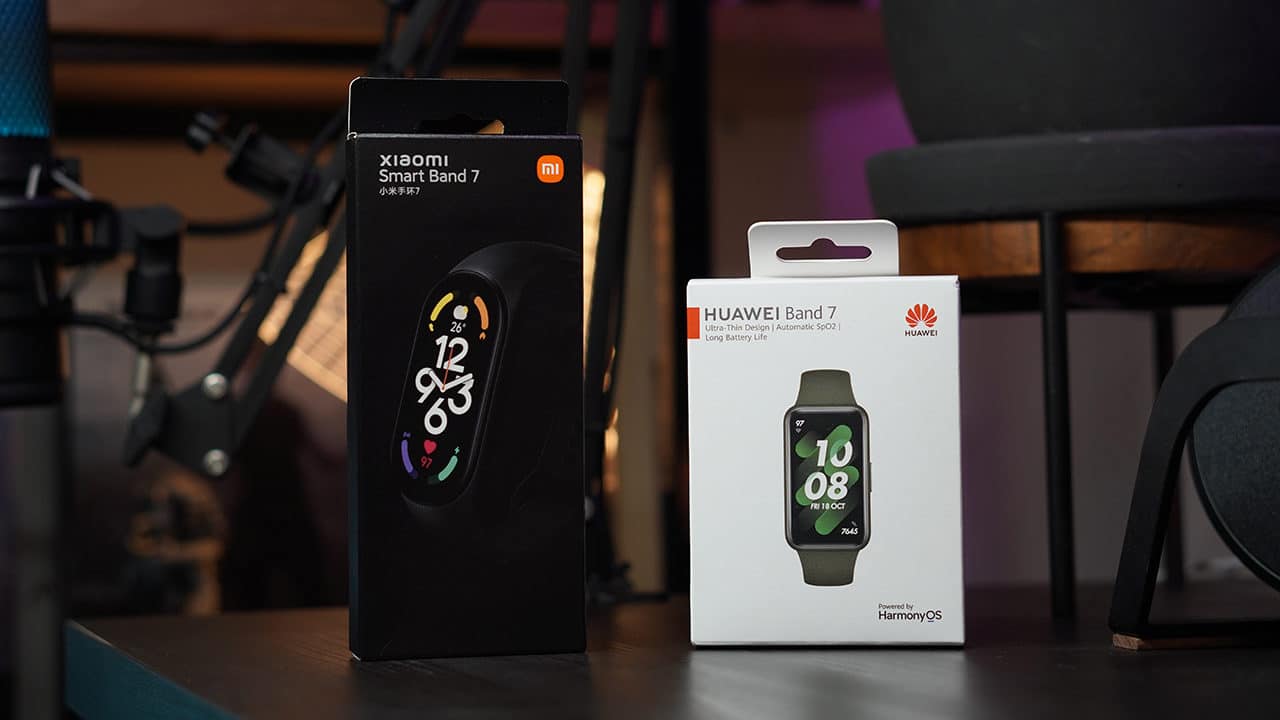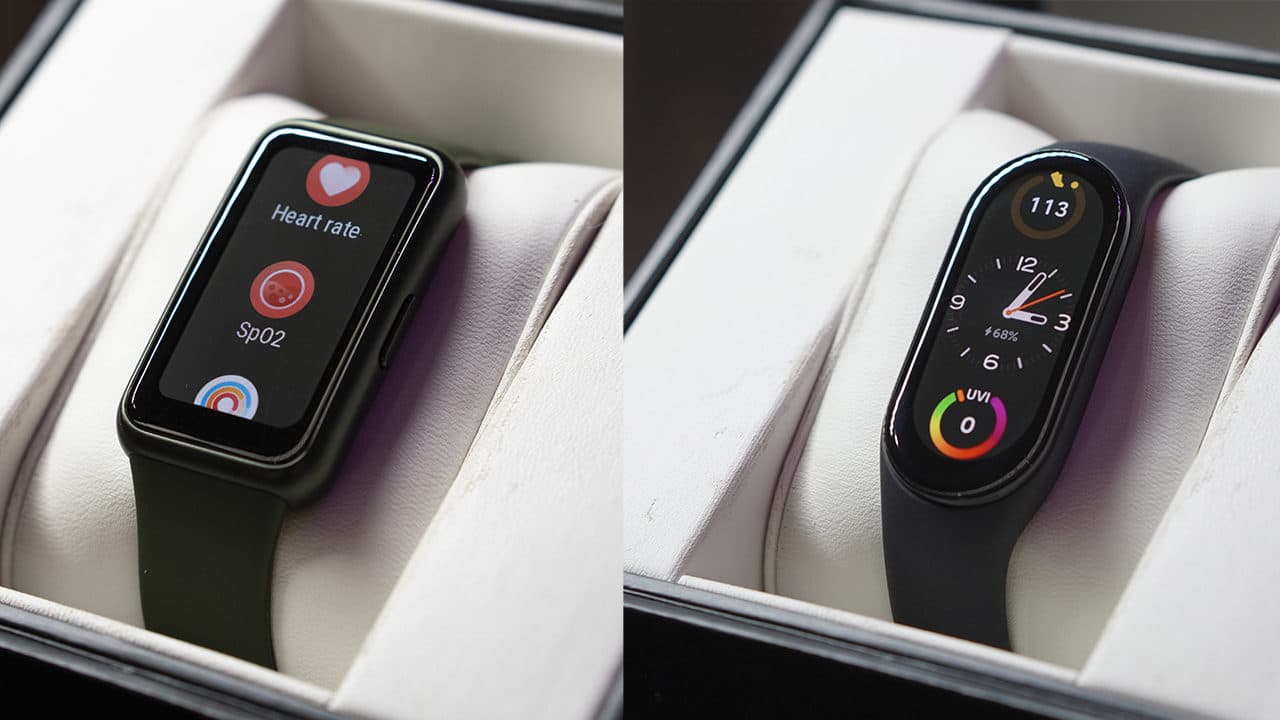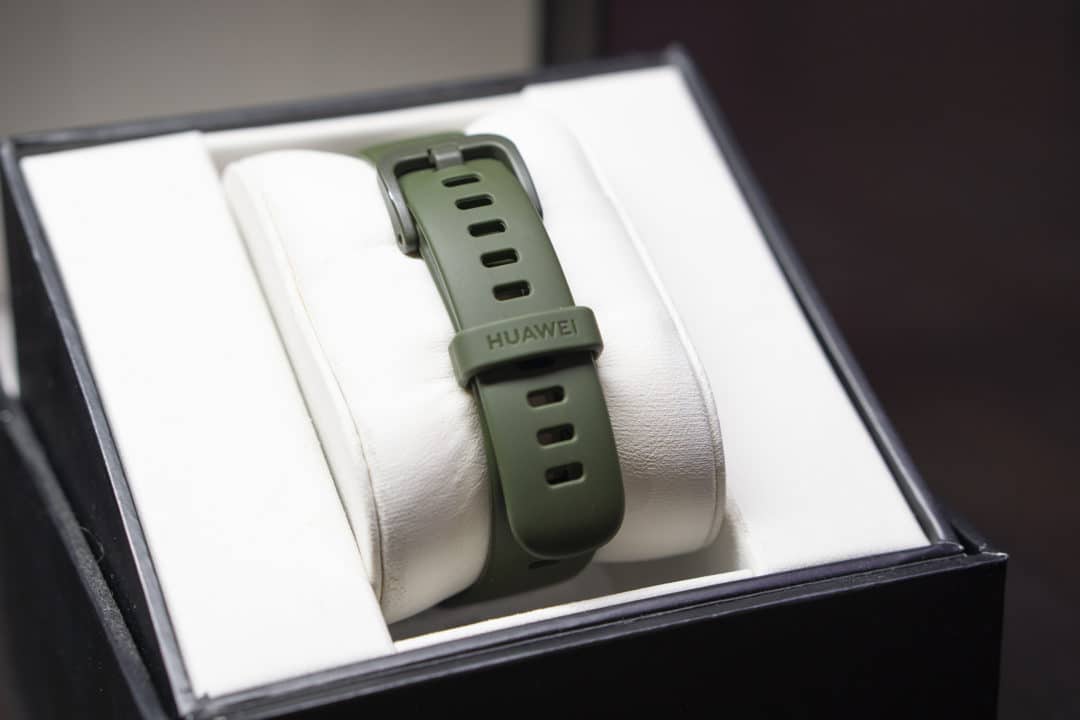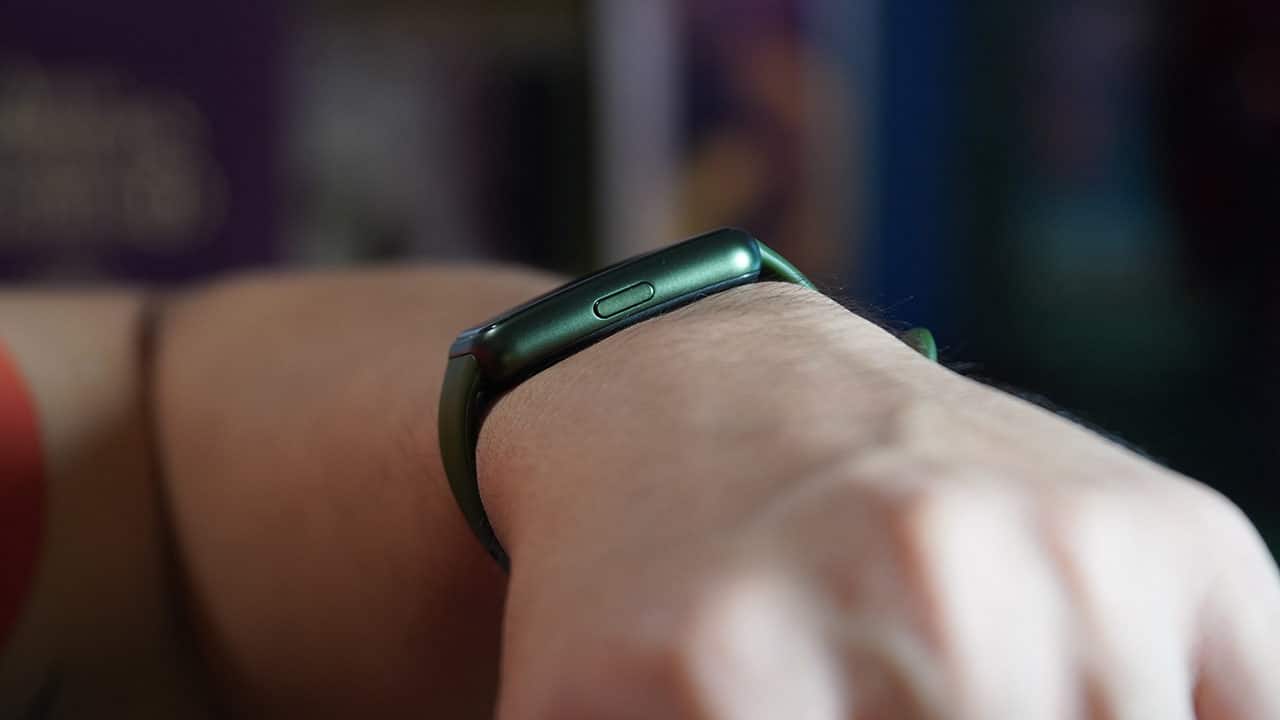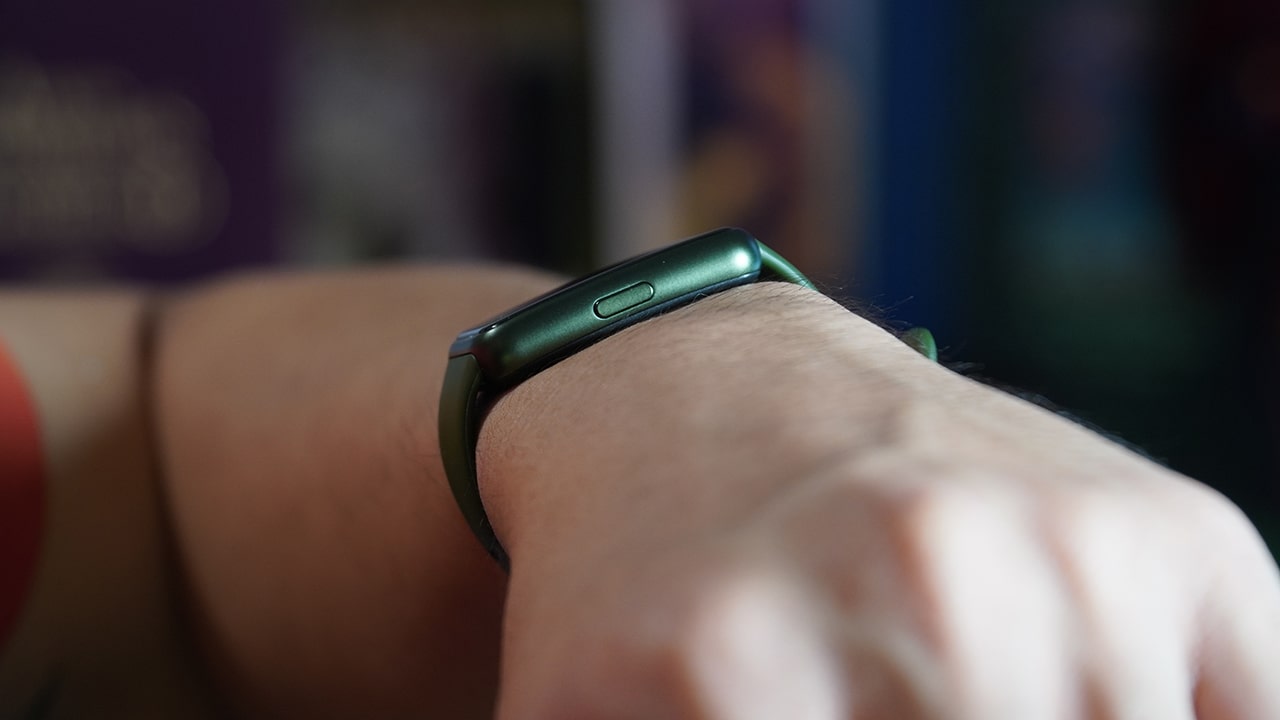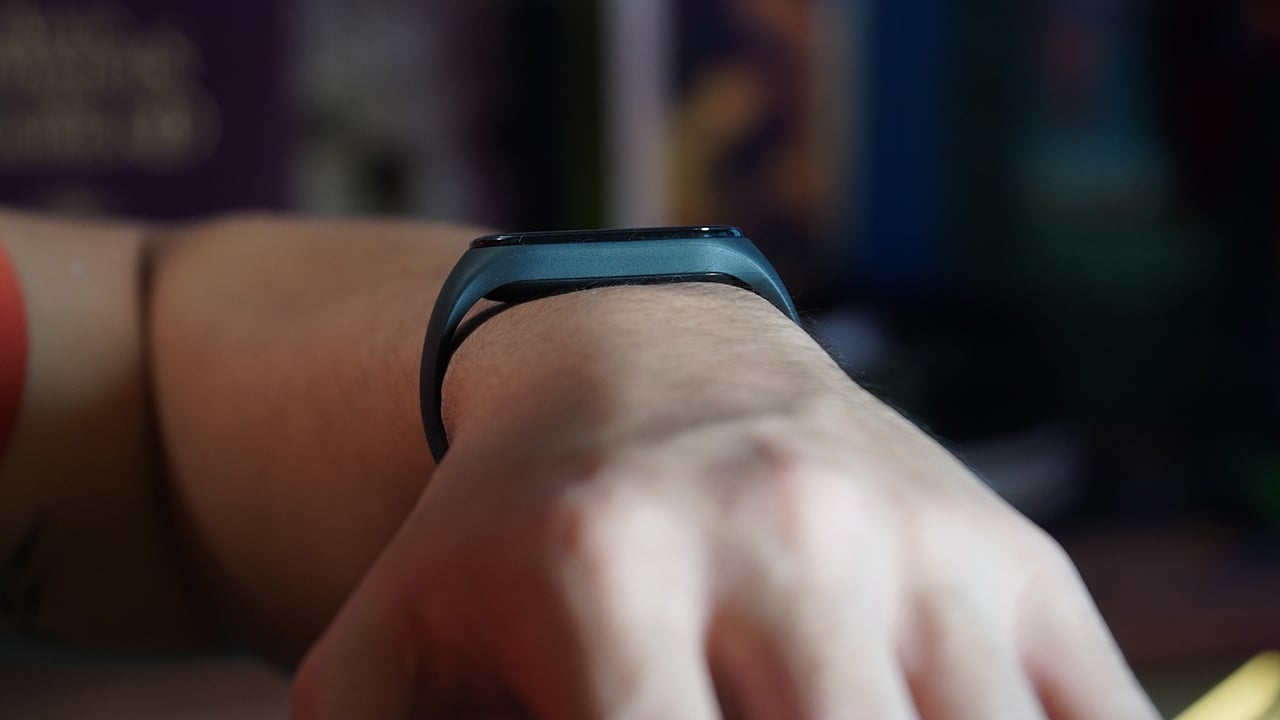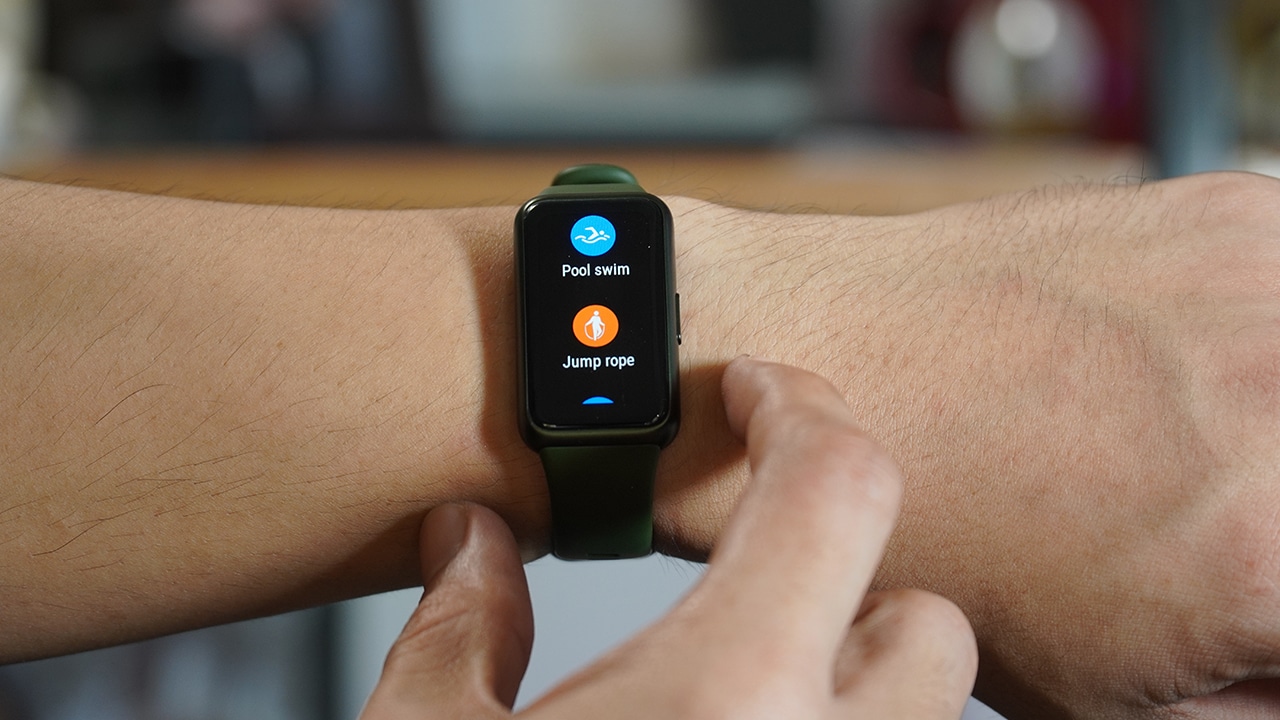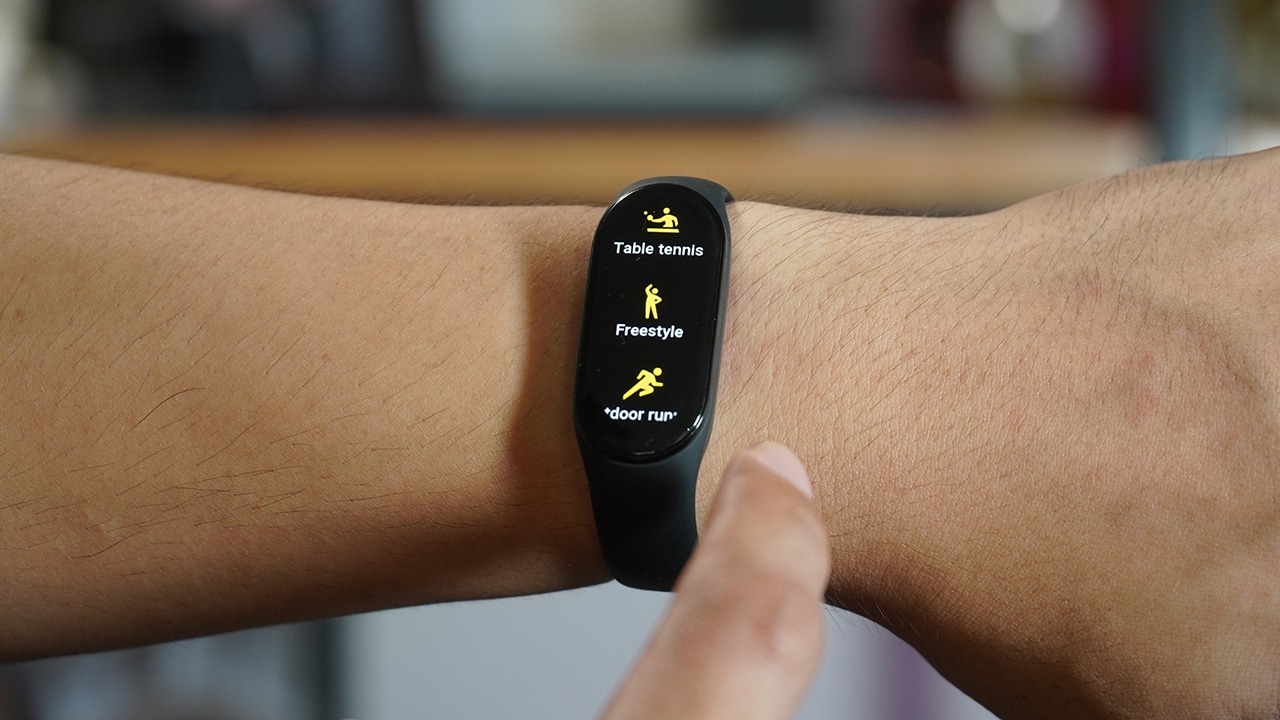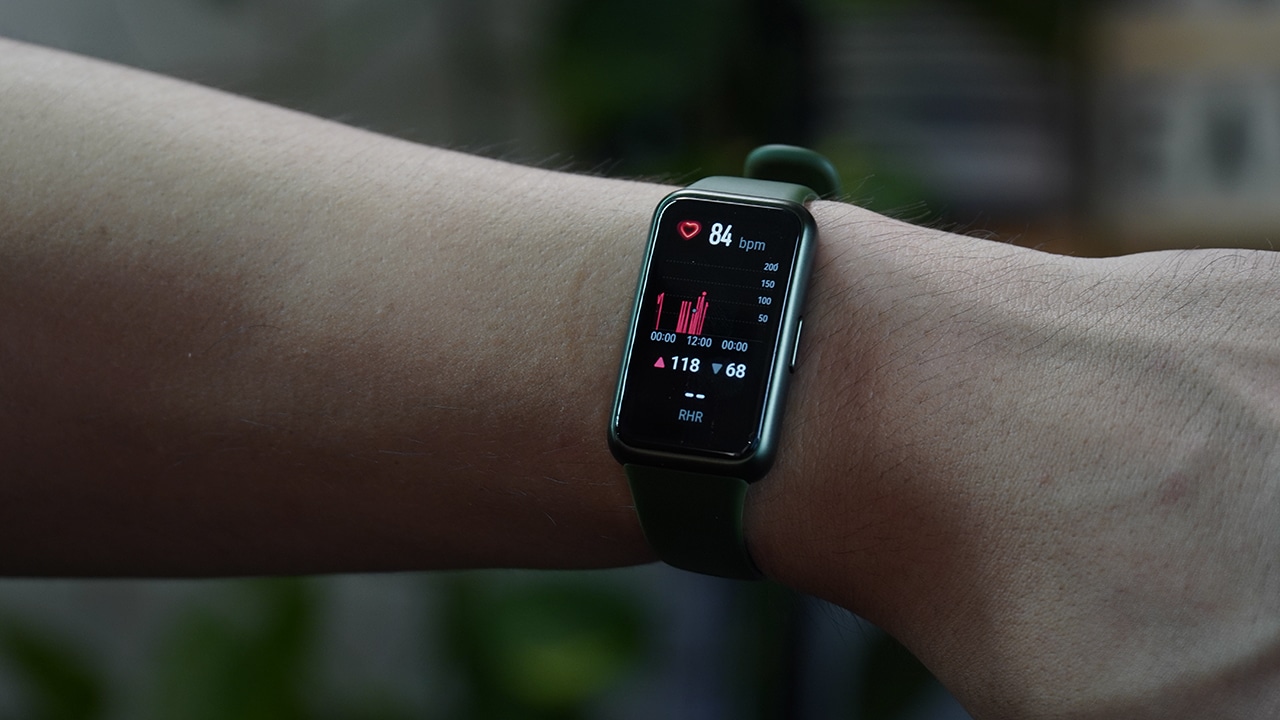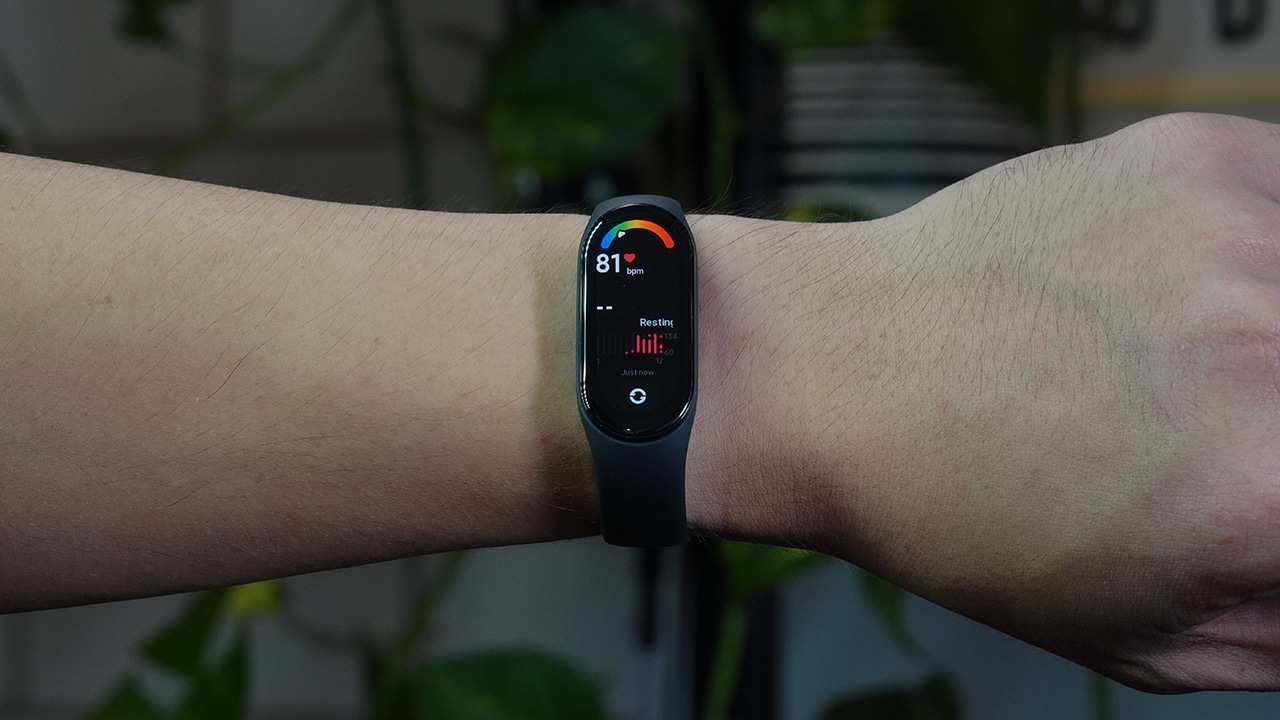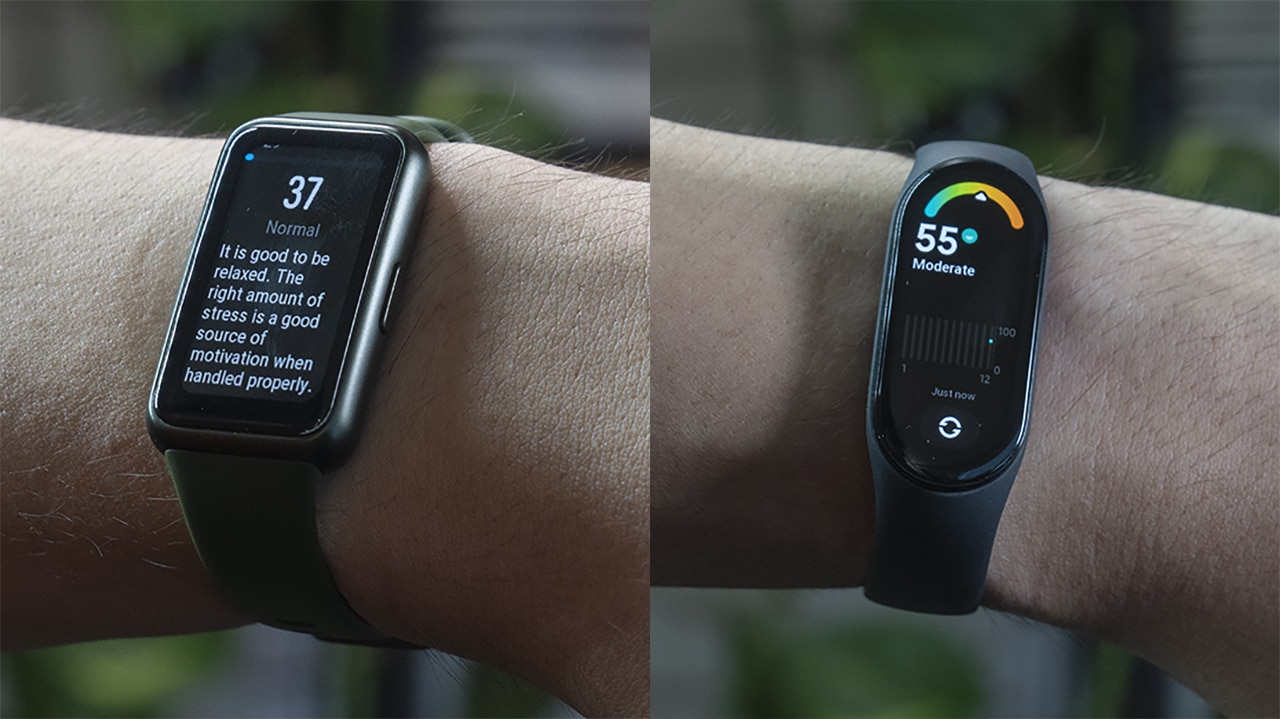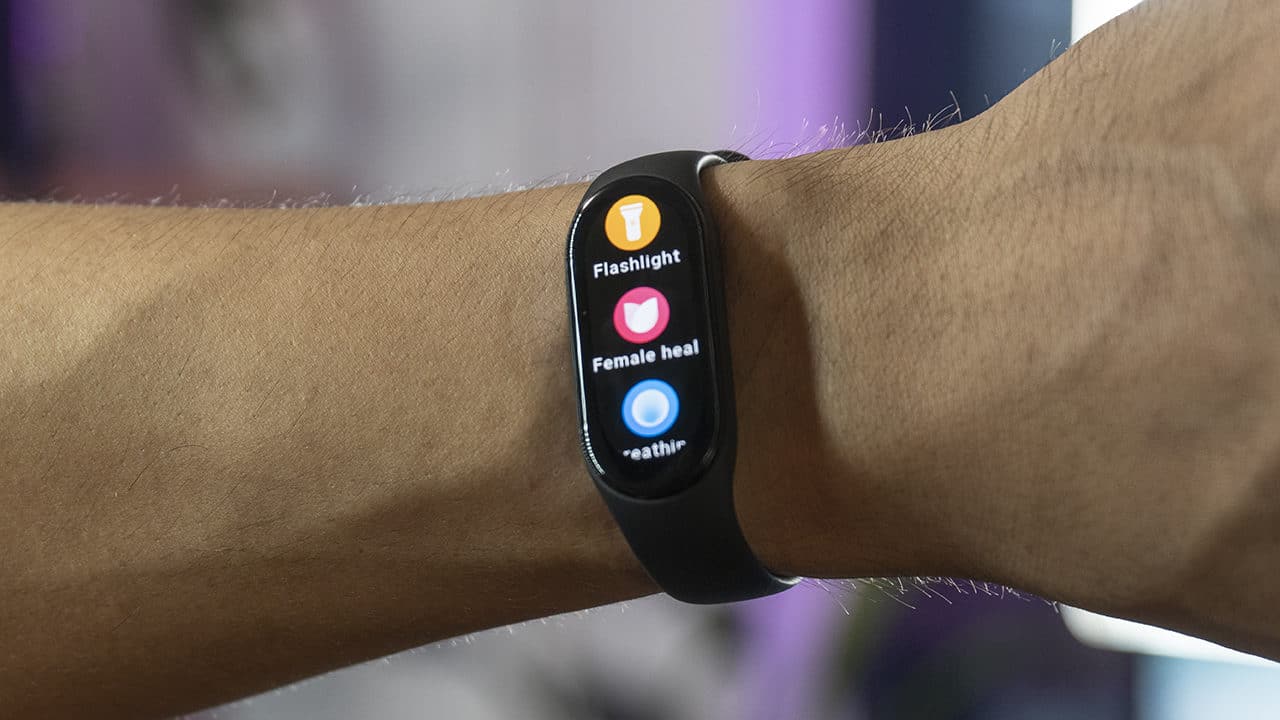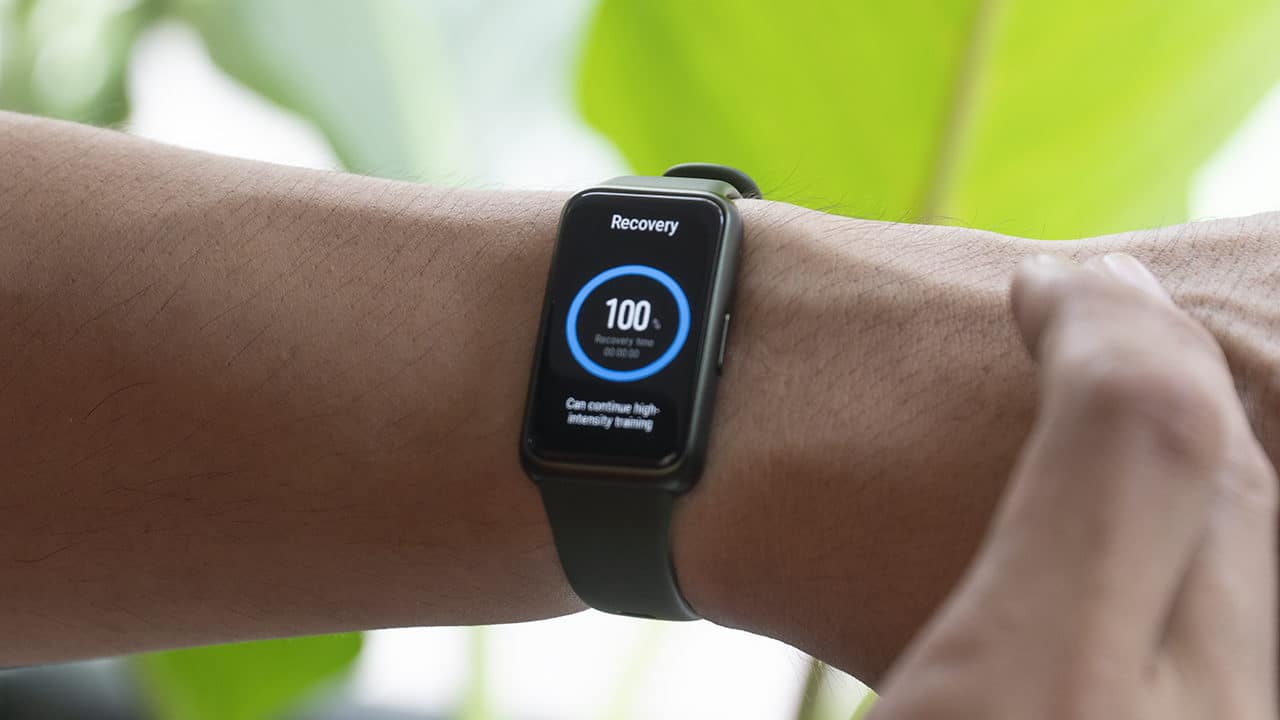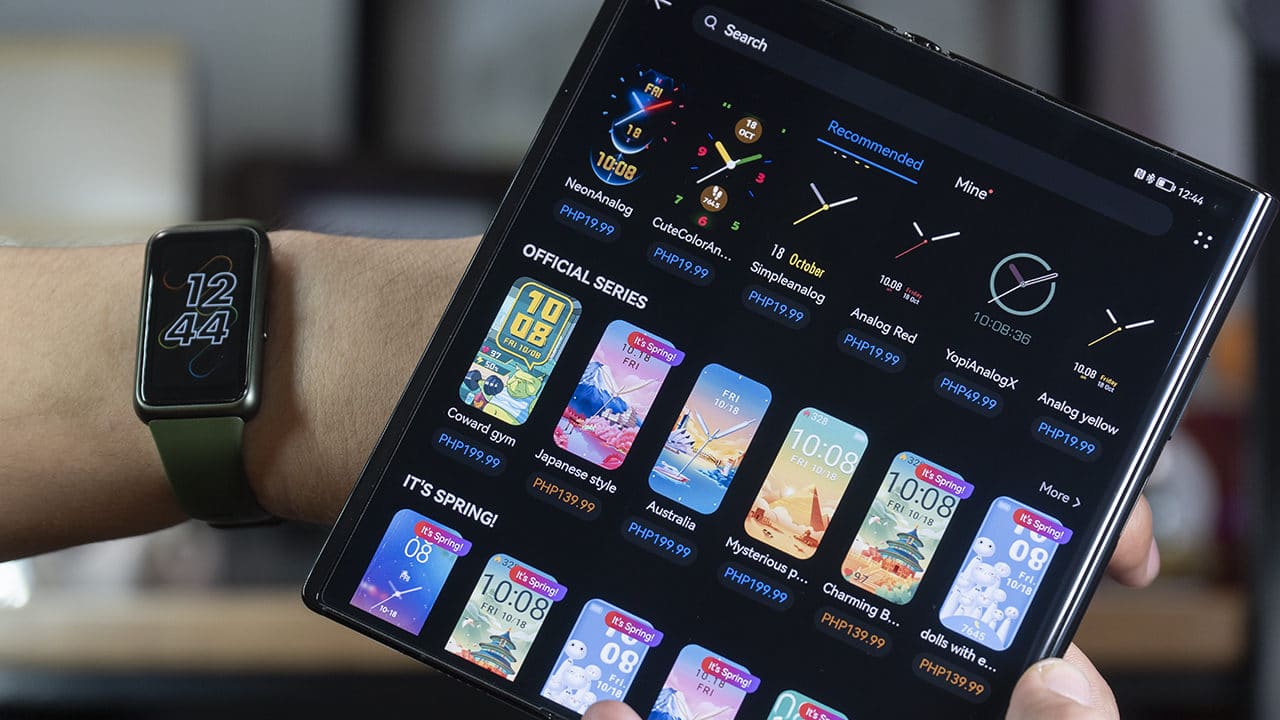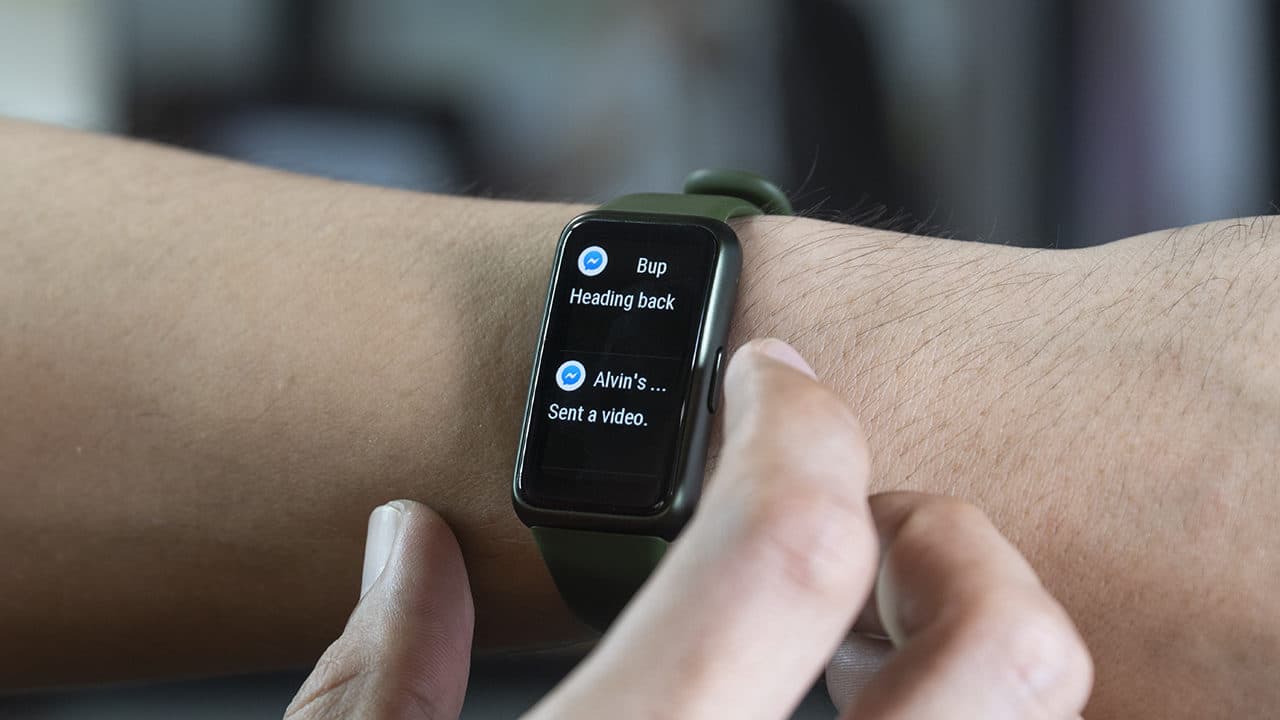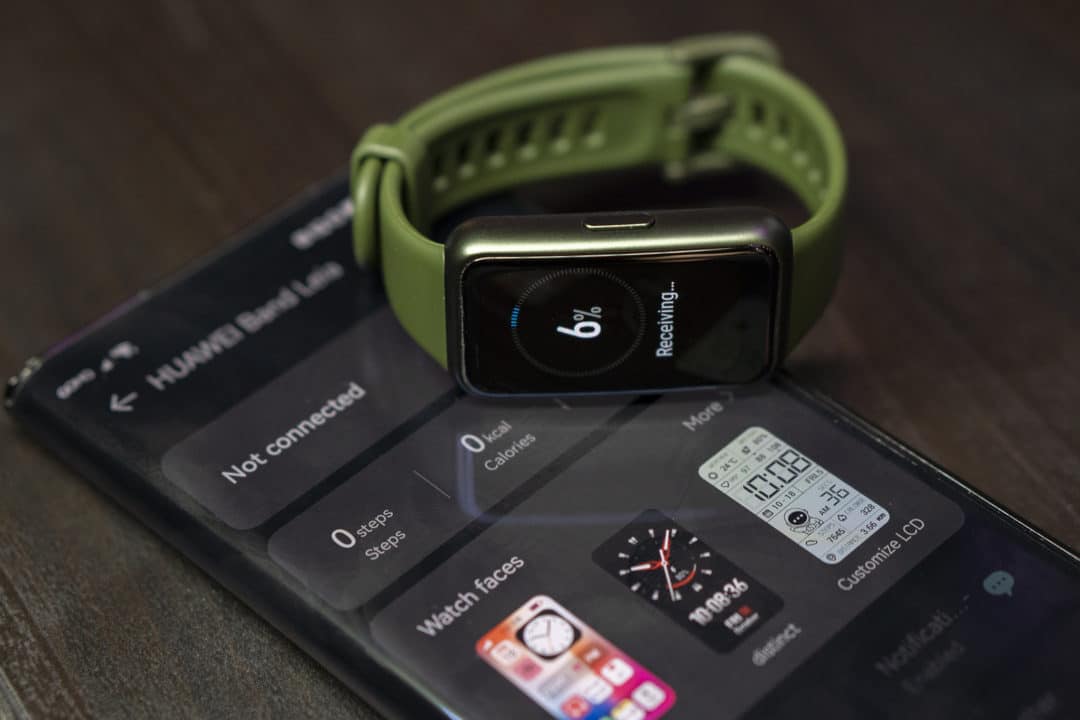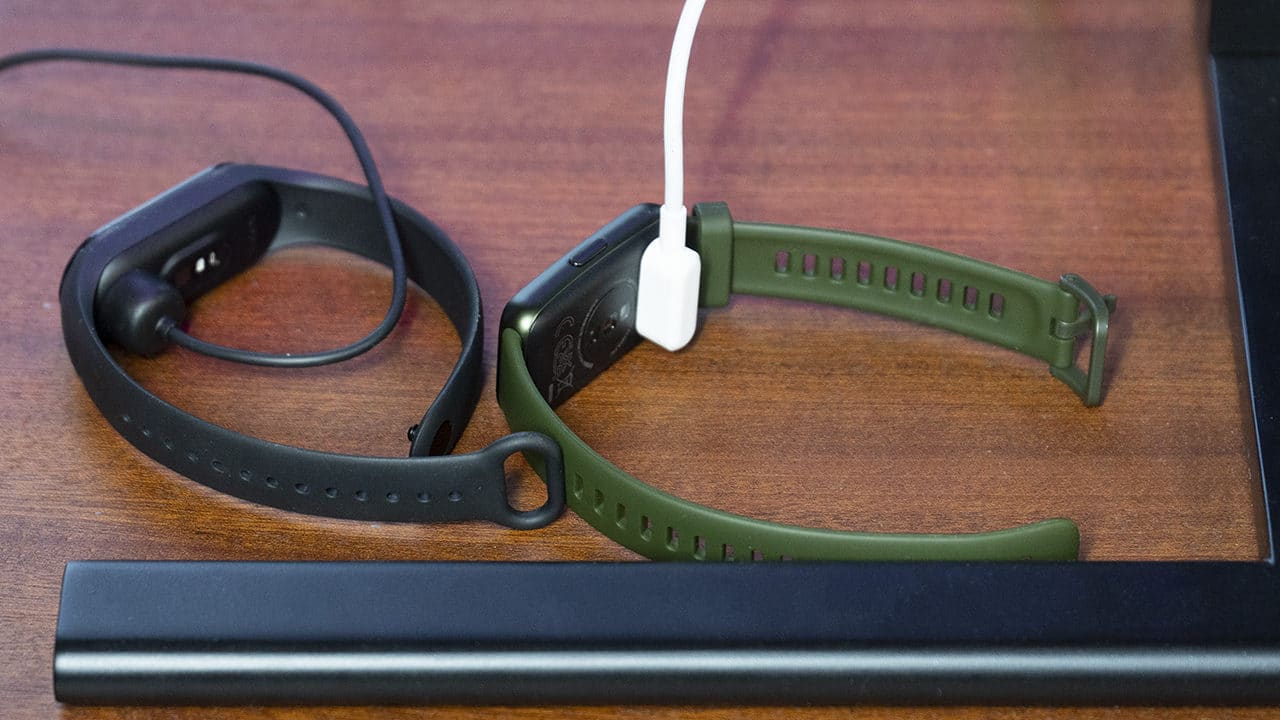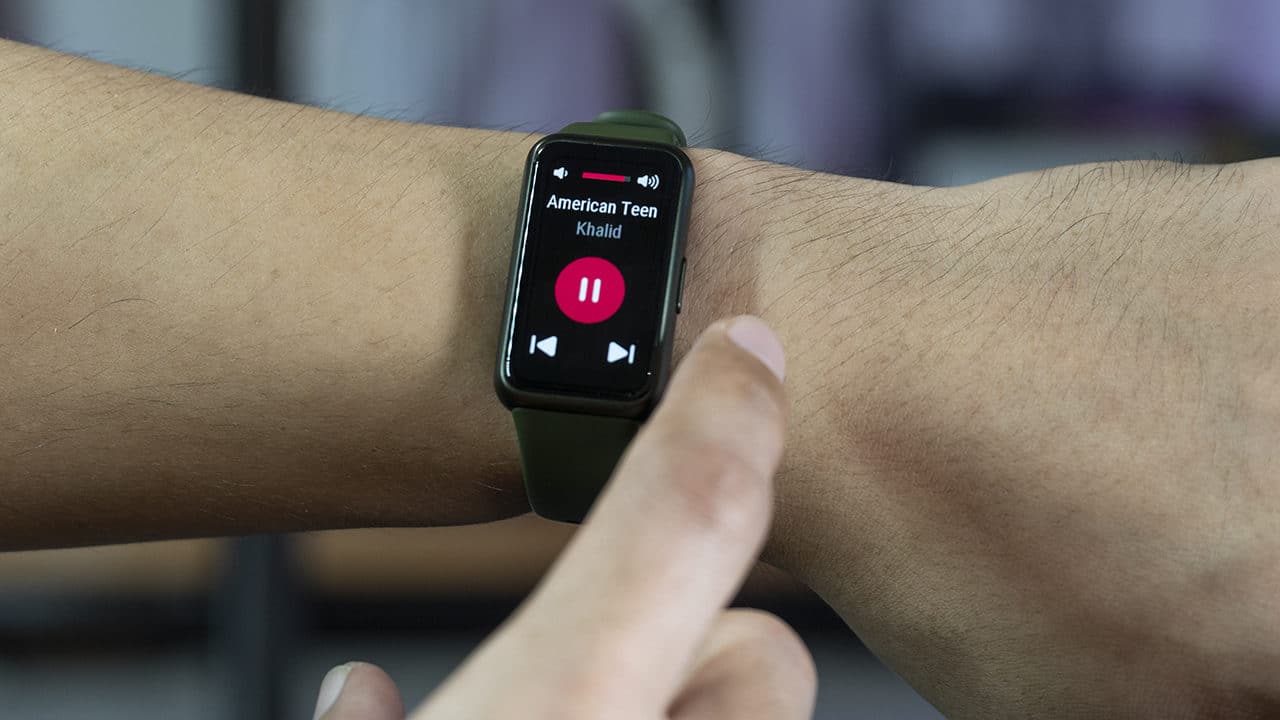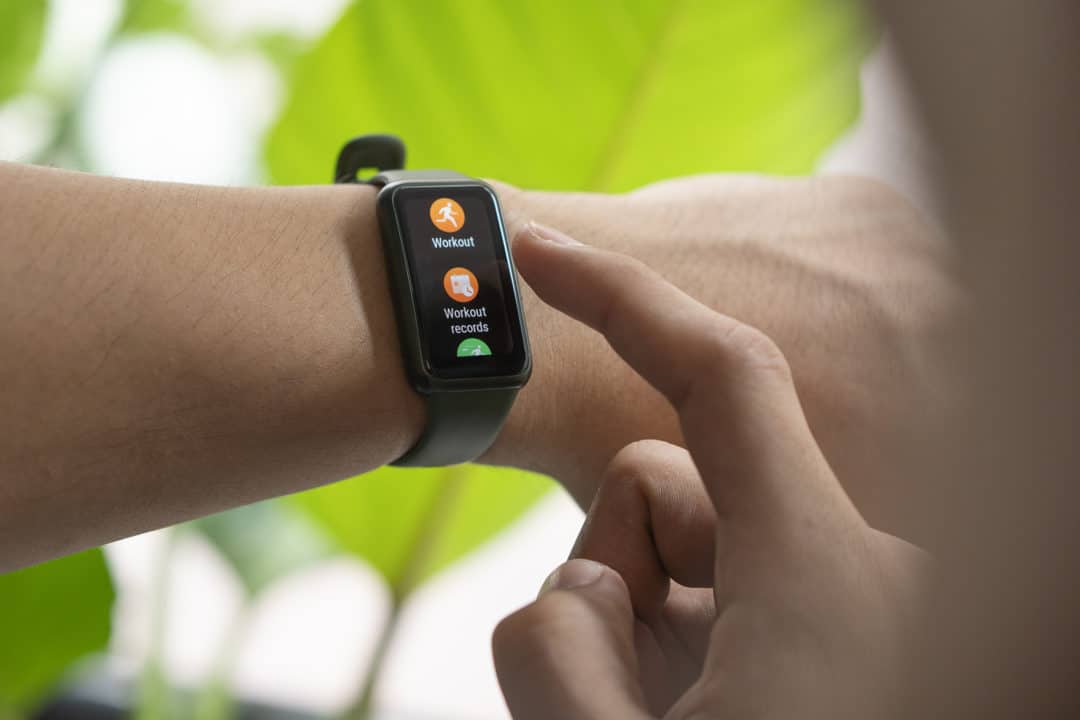DJI, the global leader in civilian drones and creative camera technology, launched the DJI Mini 2, a high-performance camera drone that packs impressive new features into a small, portable design in the safest drone category weighing less than 249 grams. The successor to DJI’s original Mavic Mini, DJI Mini 2 is easy to fly, with improved imaging capabilities, powerful flight performance, and significantly enhanced transmission technology for a longer and more reliable connection.
Intelligent, pre-programmed modes have been optimized so that you can capture eye-catching footage with just a few taps while beginner tutorials and learning tools help get new pilots up to speed on how to fly this fun new drone. Supported with a wide array of fun, safe, and creative accessories, DJI Mini 2 users can make the system their own with personalized items or show it off with the illuminated display case.
“Mavic Mini was a monumental breakthrough for DJI and for drone pilots across the world, as its unprecedented combination of weight, safety, performance, and overall value became the entry point for countless new drone pilots and fans,” said DJI President, Roger Luo. “DJI Mini 2 enhances those key aspects, packing larger drone performance in an approachable, small design in the safest drone category that is perfect for beginners and will also impress more experienced pilots.”
Mini design, impressive results
Just like the original Mavic Mini, DJI Mini 2 features the iconic folding design that makes traveling with a drone incredibly easy. The lightweight system adds minimal weight to your bag and can easily be brought with you in case the opportunity to fly arises. Small yet mighty, DJI Mini 2 has impressive upgrades to vital flight performance features compared to the original version. OcuSync 2.0 transmission technology has now been incorporated.
OcuSync 2.0 is DJI’s world-renowned transmission technology responsible for ensuring stable, long-distance, and reliable connection between the remote controller and the drone. Dual-frequency technology1 automatically switches between channels to help against interference. DJI Mini 2 has a maximum transmission range of 102 km3, which is a 150% increase in transmission range when compared to the original Mavic Mini. Upgraded motors provide up to 31 minutes of flight time, faster acceleration and speed, along with the ability to withstand winds up to 38 km/h.
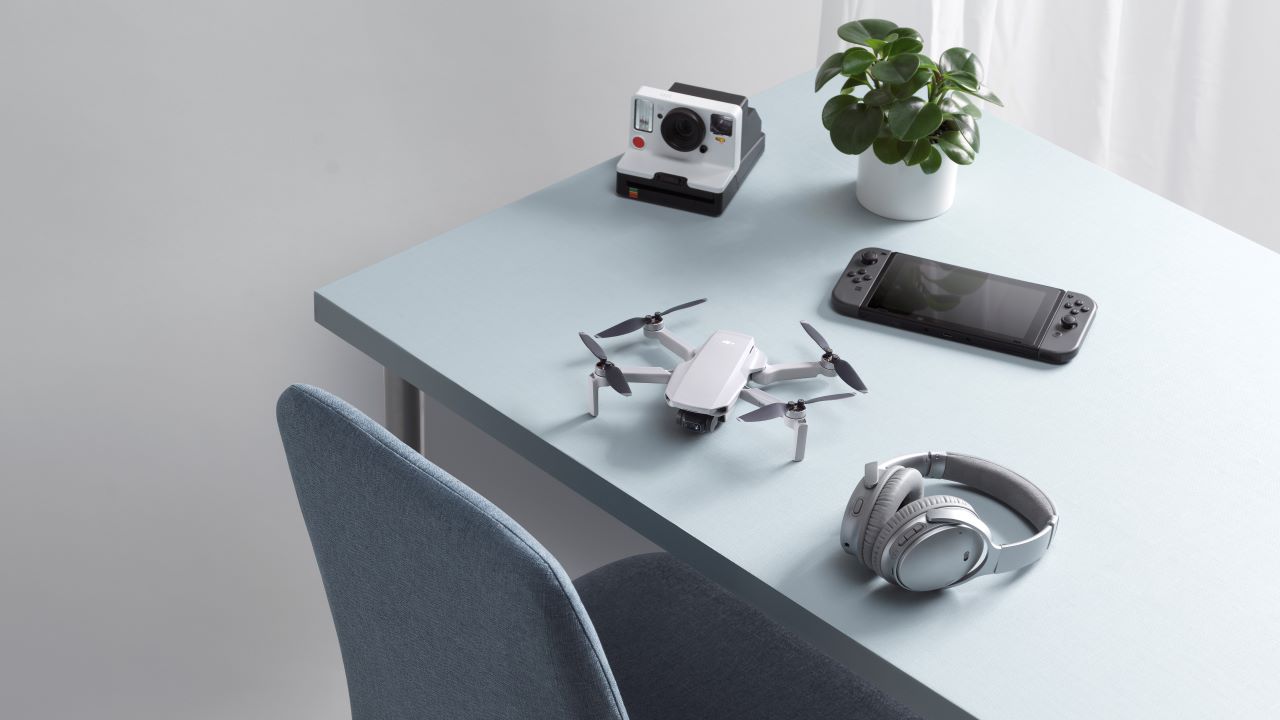
Surprisingly easy to fly, reassuringly safe
DJI Mini 2 was made to be fun to fly, simple to operate, and safe for everyday use, whether that is daily life or an exciting adventure. A live feed from the drone’s camera is sent to your mobile phone so that you can see exactly where Mini 2 is and what it sees. Simplified buttons and functions keep things streamlined and easy to understand compared to more advanced drones. Like all DJI drones, high-grade positioning and vision sensors help Mini 2 hover precisely in place. GPS keeps track of where the drone is while the vision sensors on the bottom map out the ground below it and assist automated landing.
DJI drones are renowned for their safety features so that both new and experienced pilots can enjoy the flying experience. Some of these features include GEO fencing, which keeps drones out of sensitive areas like airports, Return to Home, a feature that can be activated so the drone returns to the pilot, and Altitude Lock, an adjustable limit on how high the drone can fly. Together, these modes and features make DJI Mini 2 not only a thrill to fly but safe for all skill levels.

Vivid Photos, Steady Video Footage All At Your Finger Tips
Capture every moment in stunning details with the help of the 1/2.3-inch sensor capable of recording 12-megapixel images and a maximum video resolution of 4K/30fps @100 Mbps. Additionally, images can be saved in standard JPEG as well as RAW for advanced users who want to edit footage further. Shake-free, smooth footage is possible because of the class-leading 3-axis gimbal, which compensates for drone movement, wind, and more.
While recording in 1080p resolution, pilots can get closer to their subject without actually having to move the drone thanks to the 4X Zoom (2X lossless in quality) option. Pre-programmed intelligent modes mean the drone does the hard work of capturing beautiful footage with set movements and imaging features.
Make your content stand out with just a tap thanks to these pre-set modes including:
QuickShots: Pre-programmed movements and image capture modes.
- Dronie: DJI Mini 2 flies backward and upward, with the camera tracking your subject. Set a height limit of 40, 60, 80, 100, or 120 ft.
- Helix: DJI Mini 2 flies upward and away, spiraling around your subject. Set a height limit of 40, 60, 80, 100, or 120 ft.
- Rocket: DJI Mini 2 flies straight up into the air with the camera pointing downward following your subject. Set a height limit of 40, 60, 80, 100, or 120 ft.
- Circle: DJI Mini 2 will circle around your subject at a constant altitude and distance.
- Boomerang: DJI Mini 2 flies a boomerang-like oval flight path around your subject, starting and stopping video in the same place.
Panoramas: Capture a wider perspective with select pano modes.
- Sphere: DJI Mini 2 automatically captures twenty-six images and stitches them together for a crystal-clear image.
- 180°: Captures seven photos for sweeping landscape images.
- Wide-Angle: Captures a wide 3×3 image consisting of nine images.
Image modes: Different photo modes for different scenarios.
- AEB Triple Shot: Auto Exposure Bracketing (AEB) takes three images of varying exposure and merges them for a vivid image. This can be edited further to bring out a High Dynamic Range (HDR) image in post-processing.
- Timed Shots: Give yourself a few extra seconds before taking that photo with timed shots.
Easy to create, easier to share with the world
Sharing is caring, and the DJI Fly app and DJI Mini 2 have a ton of enhancements that make sharing immediately on social media easy and intuitive. Now, your cell phone can connect directly to the drone without the remote controller, and after capturing those amazing footage, download images at a high-speed rate of 20 MB/s once landed safely.
Once the images are downloaded to your phone, apply your own edits with the dedicated editing tools in the DJI Fly app or use the new Enhanced Photo option, which applies edits automatically to make you story stand out. Video footage can take up a lot of space, so now pilots can choose to trim it before downloading using Trimmed Download. DJI Mini 2 is not only simple to fly and fun to operate, the footage you record can be shared with all your family and friends in a matter of seconds.
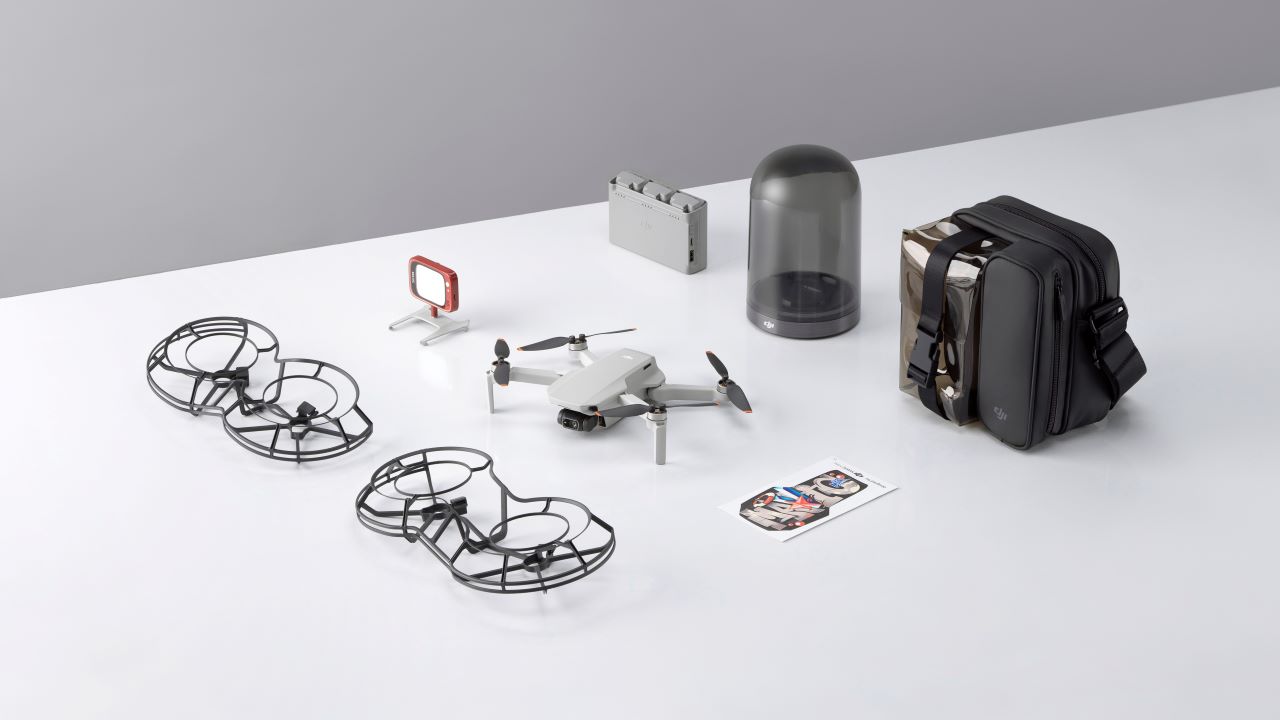
Add-Ons To Make DJI Mini 2 Your Own
New and updated accessories for DJI Mini 2 help get the most out of its size. These accessories include:
– 360° Propeller Guards: Make the DJI Mini 2 even safer with propeller guards that completely cover the full propellers.
– DJI Mini Bag +: Functional and fashionable, the new carrying bag adds flair to your outfit.
– Charging Display Case: Show off your DJI Mini 2 in an illuminated clear bell jar that also charges your drone.
– DIY Creative Kit: Personalize your DJI Mini 2 with custom stickers or design your own to make your drone stand out.
– Snap Adapter: An adapter that snaps on to the top of the Mini 2 that allows for the attachment of a small LED screen that messages can be written on.
Price and availability
DJI Mini 2 is available for purchase from store.dji.com and from authorized retail partners across Asia. DJI Mini 2 can be purchased in two options. The standard package includes DJI Mini 2 aircraft, remote controller, and one battery for the retail price of US$ 449. The Fly More Combo is also available, which includes three batteries, charging hub, DJI Mini 2 aircraft, a carrying case, and a remote controller for the retail price of US$ 599.




